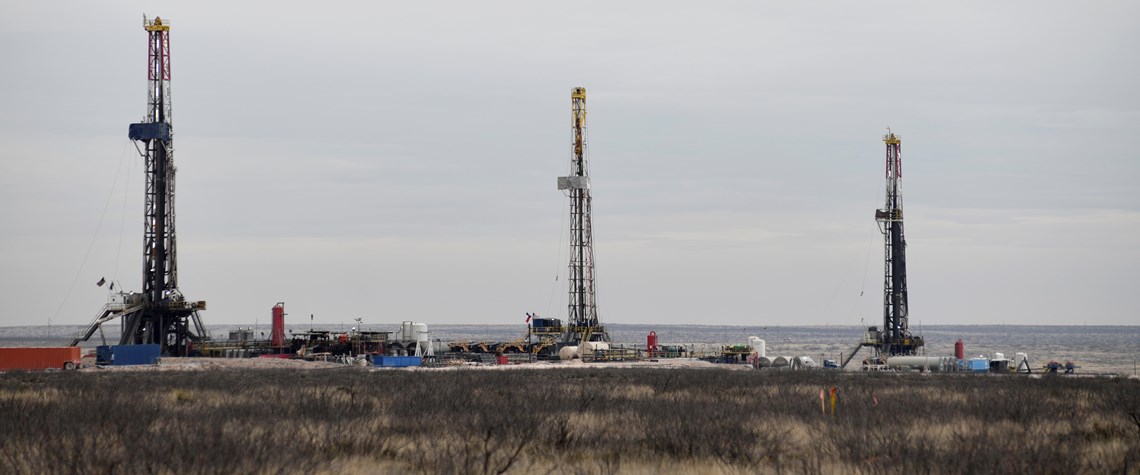Direct air capture technologies vie for pre-eminence
Capture and storage of CO<sub>2</sub> is attracting interest from non-energy corporations seeking to achieve net-zero emissions
Direct air capture (DAC) plants all seek to offer a relatively inexpensive means of cutting net greenhouse gas to companies in hard-to-abate sectors such as aviation—but two rival technologies are battling for dominance in the nascent sector. DAC plants are usually proposed above sequestration sites, where captured CO2 is stored underground, eliminating the need for costly pipelines. Fifteen small-scale DAC plants are operational worldwide capturing around 9,000t of CO2 annually, according to an IEA report last June. There are two competing DAC technologies—liquid and solid. Canada’s Carbon Engineering uses a hydroxide solution to capture, purify and condense CO2, while Switzerland’s Climewo

Also in this section
16 April 2024
US and European oil majors snap up smaller players and look to accelerate development in a region deemed to possess all the key elements for successful CCUS deployment
15 April 2024
Demand for credits seen rising 20% this year despite issues around integrity and standardisation
11 April 2024
Volatile allowance prices and small size of voluntary market undermine ability to drive investment, says Oxford Institute for Energy Studies
8 April 2024
Chevron New Energies is lead investor in funding round by Colorado-based provider of post-combustion capture technology







